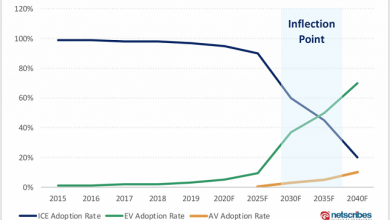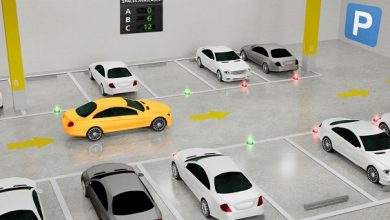AI algorithms can optimise testing and provide clear picture of vehicle performance safety

Telematics Wire in discussion with Ziv, explores the role of virtual testing of vehicles, particularly the emerging scenario of large scale deployment of L3/L4 vehicles which needs to tested for millions of scenarios.
Q. What are some of the key barriers to safety systems in automated driving systems and why they have prevented AVs from becoming ubiquitous?
The most significant safety barrier for large-scale deployment of autonomous vehicles is the almost infinite number of scenarios AVs need to handle in the real world. This leads to the ‘long tail’ challenge, where rare edge cases that can impose safety risks remain untested during the validation of the autonomous vehicle. Validating such a huge test space economically to enable large-scale deployment puts enormous financial pressure on many AV companies. Foretellix offers a solution that combines real-world driving and virtual simulation to address this challenge efficiently. Our solution is designed to systematically test the operational design domain to ensure proper coverage and to uncover unknown edge cases. The result is shortening the “long tail” of edge cases, and an overall reduction in the development cost.
Q. How can big data and AI be used for safe testing and improving “measurable safety” of ADAS?
To adequately cover the operational design domain, the AVs must be tested under millions of scenarios. Managing and analyzing the test execution and results of millions of scenarios requires automated test generation and monitoring capabilities, including safety checks, performance indicators, and coverage metrics. It requires sophisticated big-data analytics tools to analyze the test results and optimization algorithms to direct the testing optimally to ensure proper coverage and to uncover edge cases. Foretellix uses AI algorithms to optimize the testing and analyze the results to give the developer a clear picture of the testing process and the AV performance safety. In addition, Foretellix uses advanced traffic models to generate synthetic scenarios that enable large-scale testing of the AV in simulation.
Q. What are your views on recent incidents with robotaxis, leading to their operation being suspended. Do you see that Foretellix could have made a difference here?
Robotaxis face the most complex and challenging operational design domain. They attempt to operate in the most complex driving environment and under the most challenging conditions. Therefore, it is no surprise that time and again, robotaxis are hit by rare unsafe edge cases.
Foretellix can make a significant difference in exposing such edge cases through large-scale virtual testing and significantly avoid meeting such edge cases on the road.
Other commercially viable autonomous driving applications, such as hub-to-hub autonomous trucking, Highway pilot, Urban last-mile delivery, and autonomous mining, have a more limited operational design domain and can be developed and tested more realistically. Foretellix initially focused on enabling customers to develop such solutions in a much faster time to market, and more efficiently.
Q. How has been the response of leading players like Waymo and others to your solutions?
Foretellix’s current focus is on enabling customers to develop autonomous driving solutions that can be brought to market much faster. We believe that our solutions will be able to help accelerate the deployment of Robotaxis in the future.
Q. Do you think 2024 will be the pivotal year for Level 3 and Level 4 vehicles?
Several OEMs started offering Level-3 highway pilot capabilities for high-end models in the passenger car space. Level-3 conditional automation for highway driving dramatically raises the bar of meeting safety requirements compared to Level-2 ADAS systems because in Level-3 mode, the OEM is liable for safety. Today, such solutions are deployed on limited roads because of testing constraints. Using Foretellix’s technology such solutions can be developed and tested economically and expanded more easily to many other roads and regions at a lower cost.
We see more and more level-4 applications in constrained operational design domains such as hub-to-hub trucking and last-mile delivery. These applications make a lot of economic sense and thanks to our technology, can now be brought to the market faster.
About Ziv Binyamini
Ziv Binyamini IS CEO AT Foretellix Ltd. He is a verification visionary and a passionate leader. Previously, Ziv served as Corporate VP at Cadence running the simulation and verification business. Through his career at Cadence, Verisity and Intel, Ziv led the development of verification businesses including chip simulation and Verification IP, industry first Coverage Driven Verification solutions and test bench products including Specman for chip verification and Perspec for SoC HW/SW verification.





